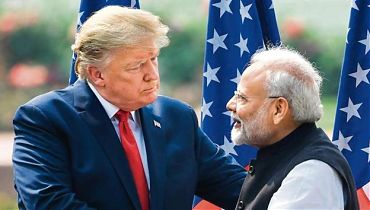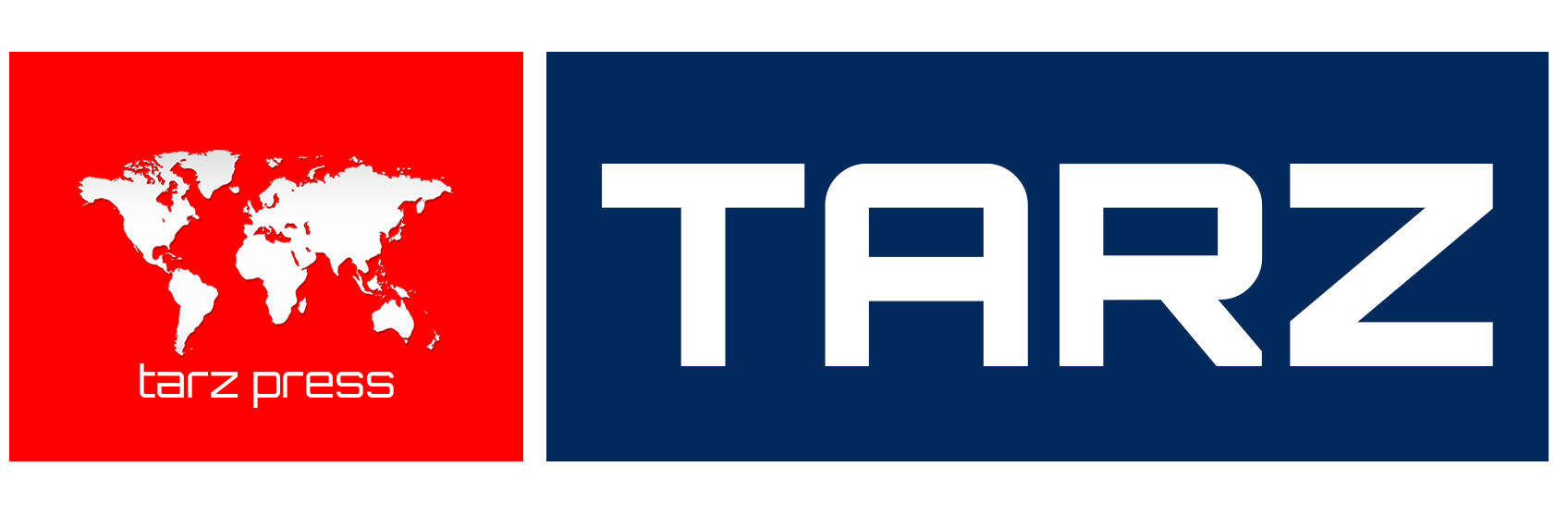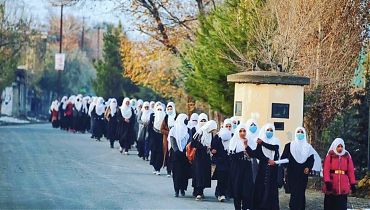
Indian Prime Minister Narendra Modi arrived in Washington, D.C., today at the invitation of U.S. President Donald Trump. The visit, scheduled for February 12-13, marks the first official meeting between the two leaders in Trump’s second term. Key topics on the agenda include trade, defense cooperation, regional security, and migration.
India-U.S. Relations in the Spotlight
Modi’s visit comes as Trump enters the fourth week of his second presidential term. So far, he has only met with Israeli Prime Minister Benjamin Netanyahu, Japanese Prime Minister Shigeru Ishiba, and Jordan’s King Abdullah, highlighting India’s strategic importance in U.S. foreign policy and Washington’s growing focus on the Indo-Pacific region.
According to India’s Ministry of External Affairs, Modi will also meet with the U.S. Director of National Intelligence during his visit. Discussions will focus on counterterrorism cooperation, cybersecurity, and intelligence-sharing. Additionally, Reuters has reported that Modi will meet with Tesla CEO Elon Musk to discuss the potential expansion of Starlink’s satellite internet services into South Asia.
Trade Disputes Amid Diplomatic Talks
One of the key issues on the agenda is trade relations between the two nations. While the Trump administration has adopted strict tariff policies, India seeks to avoid punitive U.S. trade measures. Analysts predict that both countries might explore options for a new trade agreement to prevent heavy tariffs and expand economic cooperation.
Trump has taken a hardline stance on global trade, recently issuing an executive order requiring U.S. tariffs to match the tax rates of trading partners. This move is of particular concern to India, which Trump previously labeled as the “King of Tariffs.” Additionally, Trump’s 25% tariff on steel and aluminum imports, imposed without exemptions, has alarmed Indian businesses.
To counterbalance these measures, Modi is expected to highlight India’s recent reduction in tariffs on high-end American motorcycles and negotiate increased U.S. investments in India’s defense sector. Reports suggest that new military cooperation agreements may also be announced.
Migration and the Status of Indian Nationals in the U.S.
Another crucial topic is immigration and the status of Indian nationals in the United States. Recently, the U.S. deported the first group of 104 undocumented Indian migrants, with 800 more expected to be deported soon.
The Indian government has raised concerns about the treatment of these individuals and is seeking assurances from Washington that future deportations will be handled legally and humanely.
Currently, more than 7.25 million Indian nationals reside in the U.S., and around 20,000 are on the deportation list. Modi is expected to push for legal pathways for Indian migration to the U.S., emphasizing areas such as education, employment, and tourism.
India’s Role in U.S. Strategy to Contain China
Modi’s visit occurs as the Trump administration seeks to strengthen its alliance with India as part of its broader strategy to counterbalance China’s influence in the Indo-Pacific region.
In 2023, trade between India and the U.S. reached approximately $190.1 billion, with $70 billion in U.S. exports to India and $120 billion in Indian exports to the U.S.. These figures underscore India’s growing economic significance as a key U.S. trading partner.
Additionally, there is speculation that Modi may request an exemption for India’s involvement in Iran’s Chabahar Port project. The Trump administration’s “maximum pressure” sanctions on Iran have targeted Chabahar, a strategic port developed by India. Indian officials hope that Washington will grant an exception to ensure continued regional trade.
India-U.S. Relations: Navigating Diplomacy and Trade
Experts believe that Modi’s visit could play a pivotal role in shaping future India-U.S. relations. Before departing New Delhi, Modi stated that the trip was an opportunity to “deepen the strategic partnership” between the two nations.
The visit also comes on the heels of a major electoral victory for Modi’s ruling Hindu nationalist party in India’s state assembly elections, further bolstering his political standing.
With trade disputes, security concerns, and geopolitical shifts at stake, the outcome of Modi-Trump talks could have far-reaching consequences. Washington is keen to expand economic and defense ties with New Delhi, while India seeks to reduce trade and security pressures from the U.S..
India’s strategic position in balancing power in the Indo-Pacific, countering China, and its trilateral engagement with the U.S. and other regional players will be key discussion points during the visit.
Analysts predict that if both countries can overcome trade and diplomatic hurdles, they may strike new agreements in military collaboration, technology investments, and trade liberalization.
Furthermore, the results of this visit could directly impact U.S. policy toward South Asia, China, and Pakistan.
Overall, Modi’s trip to the United States comes at a critical juncture in global diplomacy. The key question remains: Will the U.S. and India deepen their strategic cooperation, or will existing trade and political differences continue to create obstacles? Global observers are watching closely to see whether this visit cements a stronger U.S.-India alliance or highlights the enduring challenges in their relationship.




